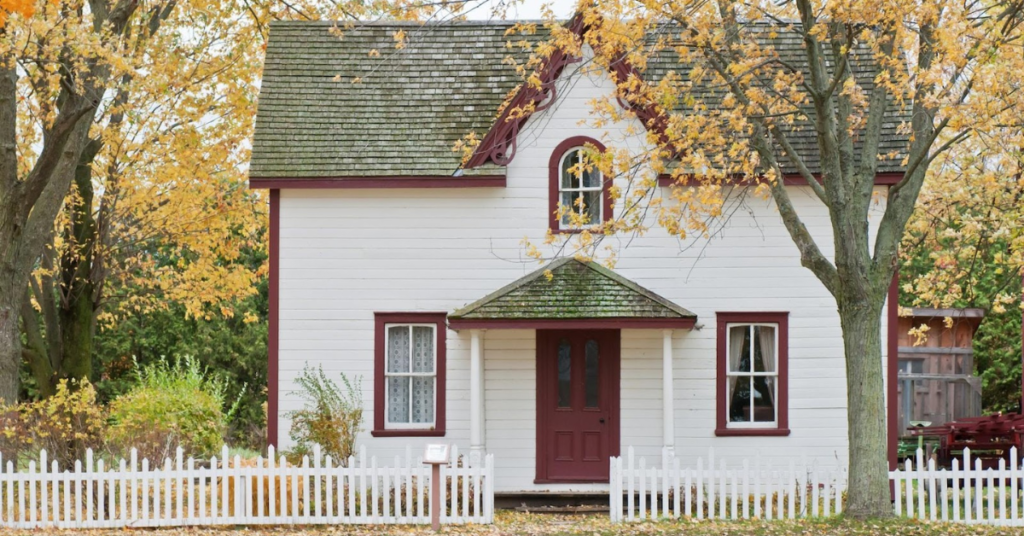Aging in place is a widely shared aspiration among older adults who prefer staying in their own homes rather than moving to assisted living or nursing facilities. This trend is gaining popularity as people seek to retain their independence and familiar surroundings as they age.
To enable successful aging in place, home modifications tailored to changing needs are essential. Fortunately, numerous DIY modifications can significantly enhance safety and accessibility, allowing individuals to maintain their independence and quality of life.
In this article, we will discuss four such home modifications designed to address common challenges faced by older adults, like mobility limitations and the need for a more accessible living environment.
Get Sufficient Funding
Adequate funding for home modifications is vital for successful aging in place. While some improvements can be affordable DIY projects, larger renovations often require extra financial resources. A reverse mortgage is one option to finance these changes, available to homeowners aged 62 or older. It lets you convert home equity into funds for modifications, like ramps, wider doorways, and accessibility features, without monthly mortgage payments.
However, it’s crucial to research the varying terms and conditions and weigh the benefits and potential drawbacks. Consulting experienced reverse mortgage loan officers can help you make informed funding decisions, supporting comfortable and independent aging in place.
Install Handrails and Grab Bars
About 36 million falls annually occur among older adults, often linked to declining balance and mobility with age. Everyday activities like showering or using stairs can become problematic. To address these concerns, installing handrails and grab bars in your home is a DIY project most homeowners can manage. Various options are available at local home improvement stores, making installation accessible.
Ensuring the sturdiness and precise placement of handrails is vital. Strategically placing grab bars near the toilet and in the bathroom can reduce slip and fall risks. Adhering to manufacturer instructions and using appropriate tools for installation enhances safety and independence at home.
Improve Lighting
Inadequate lighting is a common issue for older adults and can lead to accidents and falls. As we age, our eyesight may deteriorate, making it more challenging to see clearly in dimly lit spaces. To address this concern, consider improving the lighting throughout your home.
Begin by swapping out outdated incandescent bulbs with brighter and energy-efficient LED or CFL bulbs. Consider adding motion-activated lighting to key areas like hallways and staircases. Ensuring sufficient illumination in the kitchen, bathroom, and bedroom is crucial to accident prevention and improving the ease of daily activities.
Additionally, consider adding nightlights in key areas like the bathroom and the path to the kitchen. These small changes can make a significant difference in preventing trips and falls during the night. Improved lighting not only enhances safety but also contributes to a more comfortable and inviting living environment as you age in place.
Create a Step-Free Entry
An essential home modification for aging in place is to create a step-free entry into your home. Steps and thresholds can be significant barriers for older adults with mobility issues or those using wheelchairs or mobility aids. A step-free entry ensures that you can easily enter and exit your home without obstacles.
To create a step-free entry, you can build a ramp or modify the existing entrance. Building a ramp might require some construction skills, but it’s a manageable DIY project with the right tools and guidance. Alternatively, you can hire a contractor to build a ramp for you. Make sure the ramp is built to code and provides a gradual incline for easy access.
If you have a small step at your entrance, you can also consider using threshold ramps or wedges to eliminate the step’s height. These are relatively simple solutions that can improve accessibility and prevent accidents.
Organize and Declutter
As we age, maintaining an organized and clutter-free home becomes increasingly important. Clutter can create hazards and make it difficult to move around safely. It can also lead to stress and anxiety, which can affect your overall well-being. Taking the time to declutter and organize your living space can have a positive impact on your ability to age in place.
Start by decluttering your home, getting rid of items you no longer need, and organizing your belongings. Consider implementing storage solutions like shelves, cabinets, and drawers to keep things neatly organized. It’s essential to ensure that frequently used items are within easy reach, reducing the need to bend or stretch excessively.
Additionally, make your home more age-friendly by eliminating tripping hazards, such as loose rugs and cords. Use non-slip mats in the bathroom and kitchen to prevent falls. These small adjustments can have a significant impact on your safety and comfort at home.
Bottom Line
Aging in place is a common goal for many older adults. With the right home modifications, it can become a reality. The four discussed modifications enhance safety, accessibility, and comfort. They’re DIY-friendly, cost-effective solutions for those aiming to age in place.
Remember, individual needs vary. Consult healthcare professionals or home modification experts for personalized advice. By making these changes, you can ensure a safe, comfortable, and independent living environment, allowing you to age in place with dignity.
Related Articles:
